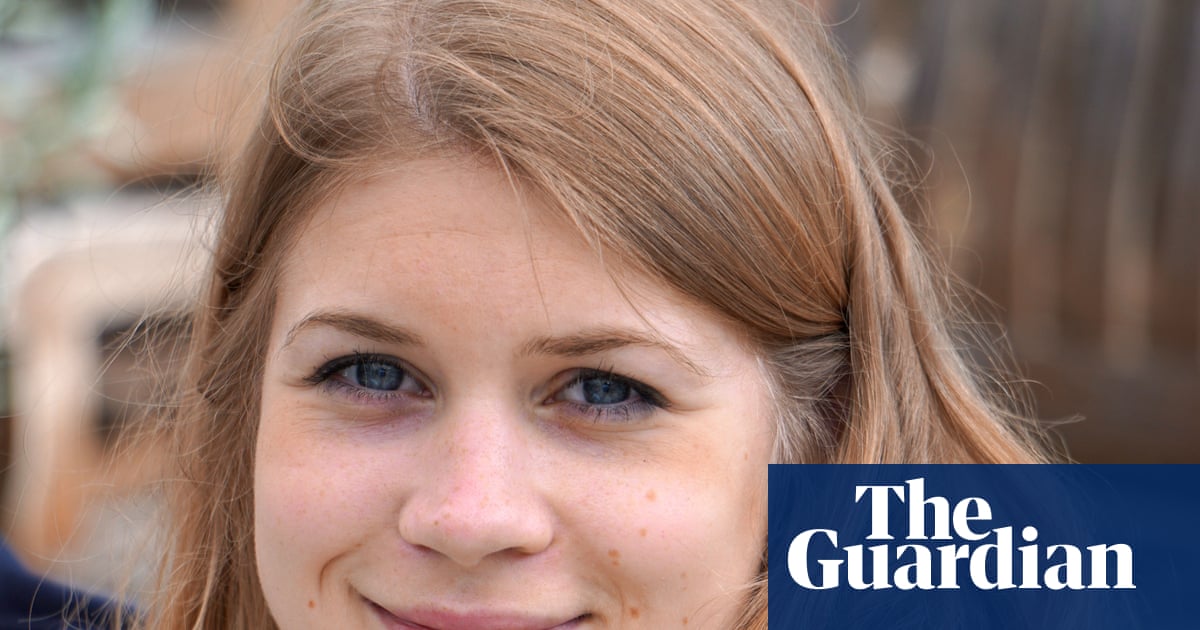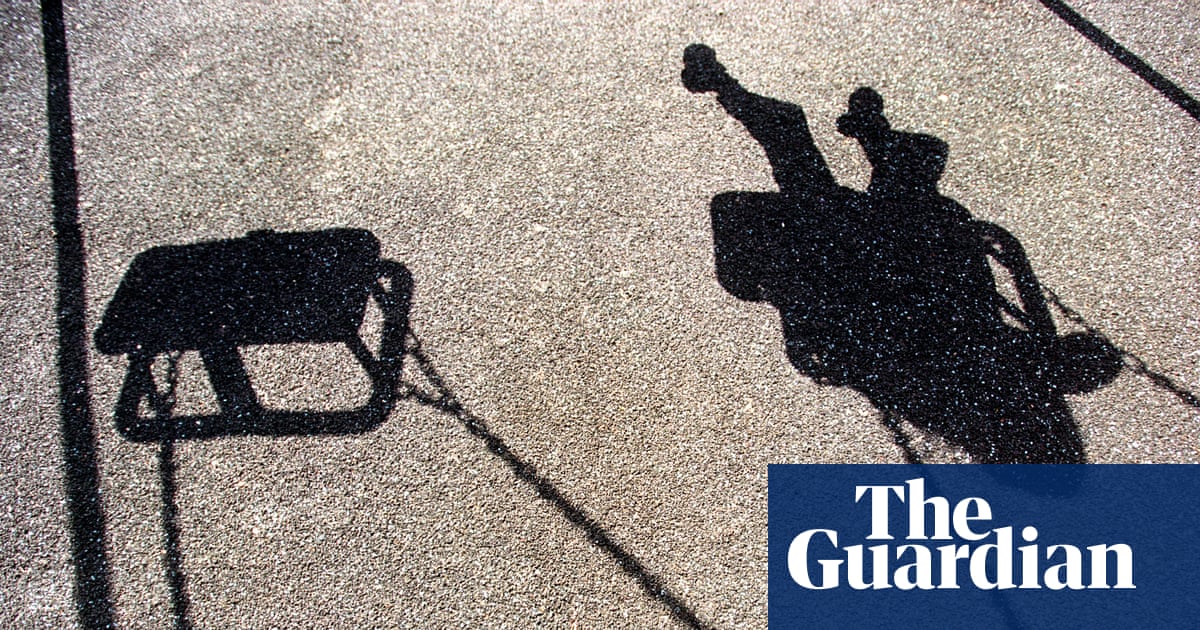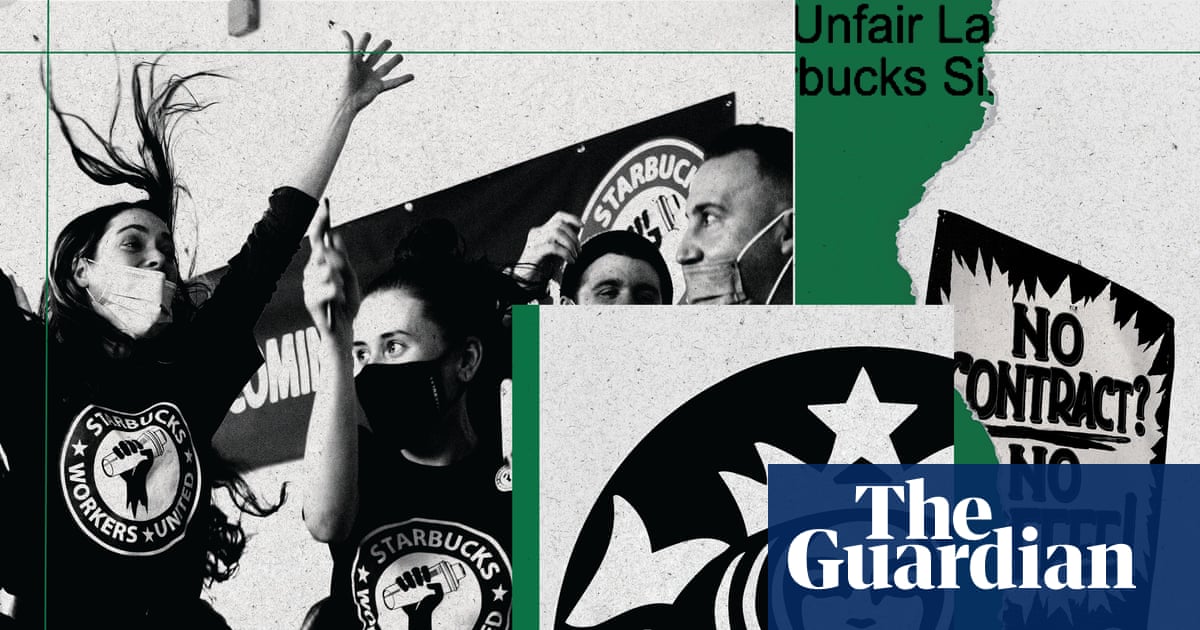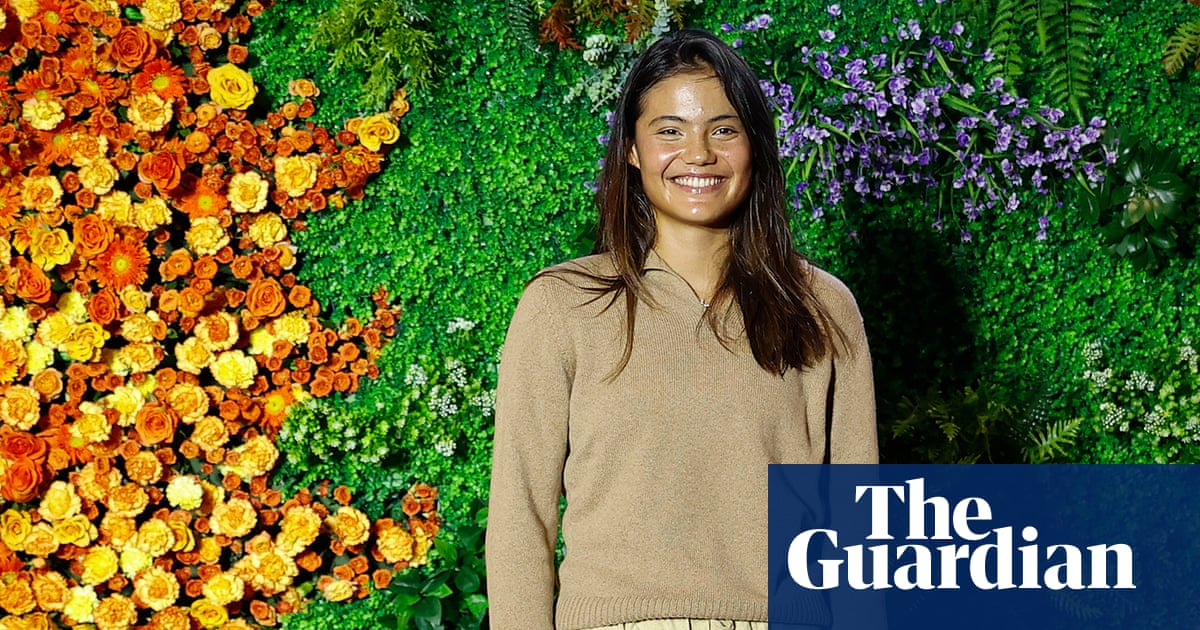William Forsythe’s new piece Undertainment, for Dresden Frankfurt Dance Company, is fiendishly fascinating. Rhythmic gasps and hoots from the dancers build a sonic matrix in which the work unfolds. There’s a physical matrix too, the ensemble forming lines, circles and grids from which solos, duets and trios emerge. It’s as if air itself had become a 3D maze, the dancers wriggling through its pathways without touching the sides, or each other. The feel is studious, both in the dancers’ rehearsal-studio attire and in the compositional exactitude. On the almost empty soundtrack, an occasional lo-fi hum will swell and subside. It’s layered and limpid, as subtle as it is incisive: Forsythe choreographs not only the stage, but also our attention.
Undertainment was one of the most anticipated pieces at the 2025 Lyon Dance Biennale, where Ioannis Mandafounis’s Lisa similarly set up clear structures within which the dancers improvise. This work, too, feels alert and alive. Yet where Forsythe is spare, Mandafounis is profuse: 1930s costumes, an onstage pianist (Gabriele Carcano) playing swirls of Fauré, poetry by Osip Mandelstam voiced in several languages, a tumble of turbulent dancing that echoes the piano’s splashing sonorities and feels full of ungraspably fleeting stories. Mandafounis’s method is generative, and the dancers are breathtaking in it; yet sometimes you feel a good edit might give the material more shape.
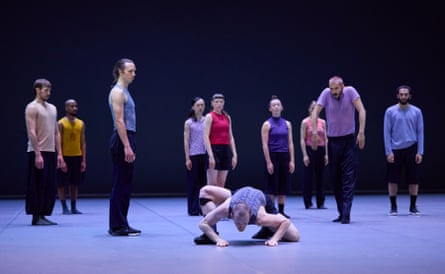
À l’Ombre d’un Vaste Détail, Hors Tempête by Christian Rizzo also features a poetic text (by Célia Houdart), and though this sets the mutable mood it also pulls focus from choreography brimming with poetry of its own. It’s a shadowy work that seems almost to dawn upon the stage, dark figures gaining clarity as they traverse the space, hands sometimes passing amicably across shoulders. Scenes form and fade: a daisy-chain of linked gestures and steps; ripple effects and counterpulls; coils and recoils of action and energy. It’s all connotation and suggestion, yet never vague: the dancers are poised and precise, on a human scale, and the choreography offers coherence without conformity.
Conformity – the adherence to group rules – was at stake in some other works at the biennale. About Lambada by Collectif ÈS deconstructs the lascivious dance into two trios, one group sticking rigorously to the rhythm while the other is all about keeping bodily contact with each other. The play between the regimented and the organic is clever, but thin – certainly not strong enough to carry the weight of history on a video projection that mashes the libidinous energies of the hit lambada song with the fall of the Berlin Wall.
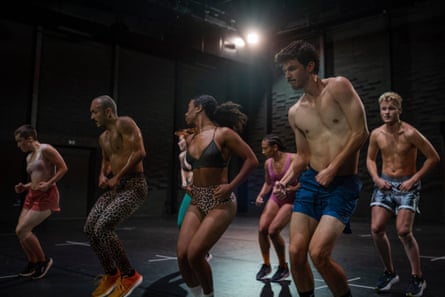
Much more interesting – also exasperating and enlivening – is Belgian Jan Martens’ revival of his 2014 work The Dog Days Are Over. A slight bounce in the knees leads a line of dancers in somewhat grungy gym clothes to start jumping on the spot. That is basically it, for 70 minutes (talk about sticking to rules), though they do swivel and shift place, evolve into side and backsteps, add some arms, and even stay still – though the pauses are as much an exercise in endurance as the bounces. This is a determinedly downbeat chorus line – no high kicks, no showtime – and you either submit to its regime, as the dancers must, or you don’t. Unlike 20th-century minimalist dance, which was interested in patterns, this relentless minimalism is about endurance and survival. What does it achieve? Respect for its dogged tenacity, discomfort with its spectacle of regulation and exhaustion. You can’t exactly like it, but it will probably make you think.
F*cking Future, a big, bold and indeed beautiful new show by the Portuguese artist Marco da Silva Ferreira is easier to like though strangely superficial. The eight dancers are highly watchable, as is their stylistically freewheeling blend of steps; they’re also a mix of races and gender identities. But it’s mostly formation dancing, and the performers are oddly uniform: lithe and youthful in identikit shiny pants and backless tops. It feels like conformity masked by glow-up effects, and marshalled towards a saccharine finale. To be fair, Ferreira knows his aims (he talks about the military and the militant body, one repressive, the other liberatory), but it feels as if the insurgent energies of his previous work, Carcaça, had been packaged and marketed as F*cking Future.
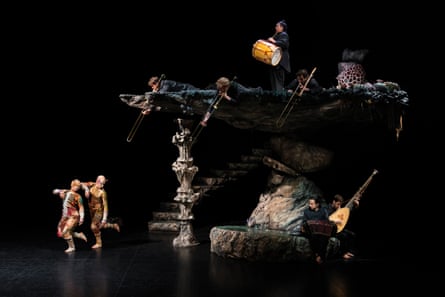
François Chaignaud has often brought the past into the present, and does so again in Último Helecho, alongside the music director Nina Laisné and the Argentine singer Nadia Larcher. The future – that is, death – also hangs over the performance, particularly in Spanish songs evoking the sorrows and the caperings that constitute life before death. Hybridising European baroque and South American folk styles, the piece spirals around Larcher and Chaignaud (both dance, both sing, both wear costumes that resemble ornamented exoskeletons), backed by a troubadourish band and a set design of bony granite. In other hands it might appear arch and affected; here, the performers – Chaignaud in particular, a classy and truly singular talent – imbue even the most stylised gestures with numinous significance.
Elsewhere, Repertório No 2 by Afro-Brazilians Davi Pontes and Wallace Ferreira (who come to London’s Dance Umbrella festival in October) addresses the hierarchies and stereotypes that, like it or not, sit within and alongside us in the performance arena. Naked throughout, Pontes and Ferreira eyeball the audience and each other, and after a regimented stomping sequence (conformity again) they strike a pose. The cycle repeats, the poses becoming variously sexualised, abject or showy, and increasingly mingled with the audience. Stark as well as starkers, it has the feel of an art installation, more concerned with iconography than choreography.
“Against the violence that pervades the world, dance as an act of freedom,” proclaimed the biennale’s own headline to preface this year’s edition, a sentiment that echoes its founding principles in 1984. After my return to London, I learned that on the penultimate night of the biennale, three of its invited artists had been racially abused and attacked in Lyon by a group of men, who reportedly invoked the name of Trump. People have rightly been shocked and appalled, but can we truly count ourselves as surprised, in the current climate? La lutte continue.
-
Selected productions from the festival are on tour until 17 October. Sanjoy Roy’s trip was supported by Lyon Biennale.

 2 months ago
90
2 months ago
90


